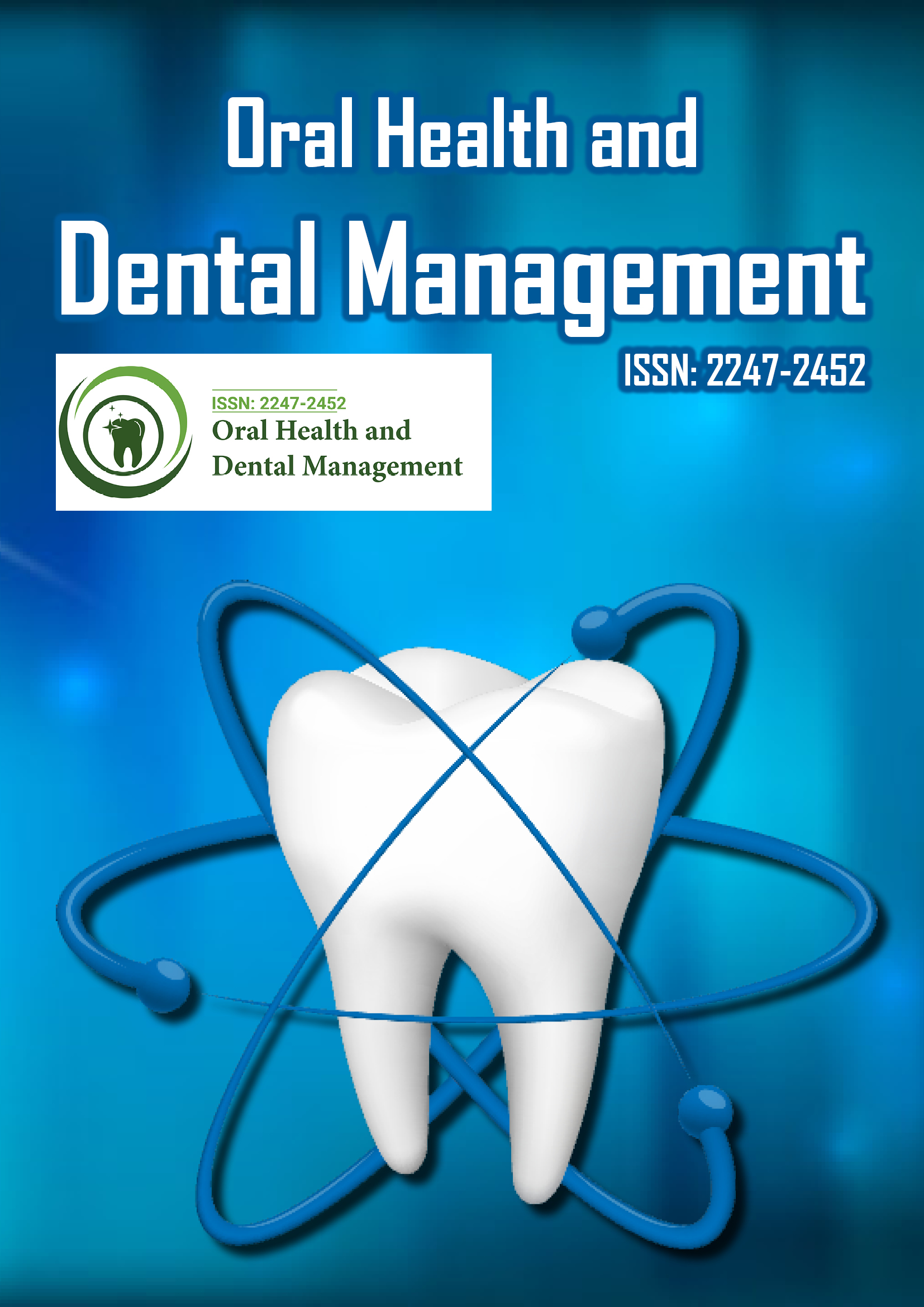Indexed In
- The Global Impact Factor (GIF)
- CiteFactor
- Electronic Journals Library
- RefSeek
- Hamdard University
- EBSCO A-Z
- Virtual Library of Biology (vifabio)
- International committee of medical journals editors (ICMJE)
- Google Scholar
Useful Links
Share This Page
Journal Flyer

Open Access Journals
- Agri and Aquaculture
- Biochemistry
- Bioinformatics & Systems Biology
- Business & Management
- Chemistry
- Clinical Sciences
- Engineering
- Food & Nutrition
- General Science
- Genetics & Molecular Biology
- Immunology & Microbiology
- Medical Sciences
- Neuroscience & Psychology
- Nursing & Health Care
- Pharmaceutical Sciences
Cell suplying into the experimetally induced foreign body granuloma from the bone marrow mesenchymal cells
32nd Asia Pacific Dental and Oral Health Congress
July 23- 24, 2018 Sydney, Australia
Toshiyuki Kawakami, Masahito Shoumura, Saeka Matsuda, Keita Moriyama, Keisuke Nakano, Hidetsugu Tsujigiwa, Hitoshi Nagatsuka and Naoto Osuga
Matsumoto Dental University, Japan
Okayama University, Japan
Okayama University of Science, Japan
Posters & Accepted Abstracts: Oral Health Dent Manag
Abstract:
Objective: In this study, cholesterin was implanted in the subcutaneous tissue in mice to induce the formation of cholesterol granuloma. Histological and Immunohistochemical (IHC) and Immunofluorescent (IFHC) examinations were carried out to determine the type and source of cells. Materials & Method: The GFP bone marrow transplanted-model mice were embedded 10 mg of cholesterin into the subcutaneously tissues. After from 2 weeks and till 6 months, the embedded tissues were examined by histopathology. Further, GFP cell mechanism was further assessed by IHC using double IFHC staining with GFP-S100A4, GFP-Runx2 and GFP-CD31. Result: At 2 weeks, cholesterin was replaced partly by granulation tissues. The majority of cells in the granulation tissues were macrophages and foreign body giant cells and the center consists of small amount of fibroblasts, collagen fibers and capillaries. At 3 to 6 months, the cholesterin was mostly substituted by fibrous tissues consisting mainly of fibroblasts and collagen fibers with some macrophages and foreign body giant cells. Immunohistochemistry revealed that macrophages and foreign body giant cells were positive to GFP and CD68 although the fibroblasts and capillaries in the outer portion of cholesterol granulomas were GFP negative. Some spindle shape fibroblasts were also GFP positive. Immunofluorescent double staining revealed that cells lining the blood vessels were both positive to GFP and CD31 indicating that those were endothelial cells and were actually derived from the transplanted bone marrow cells. Conclusion: The results suggest that macrophages, foreign body giant cells as well as fibroblasts and capillary endothelial cells are bone marrow derived mesenchymal cells.
Biography :
Toshiyuki Kawakami is the Chairman of Hard Tissue Pathology Unit, Department of Hard Tissue Research, Matsumoto Dental University, Graduate School of Oral Medicine. He is the Director of Matsumoto Dental University Liberally; the Director of Japanese Society of Oral Pathology; the Director of Society of Hard Tissue Generative Biology; Academic Council of Japanese Society of Pathology; Japanese Association of Oral Biology and Japanese Stomatological Society. He has been serving as the Senior Editorial Adviser of the Journal of Hard Tissue Biology published by the Hard Tissue Biology Network Association.
E-mail: kawakami@po.mdu.ac.jp
